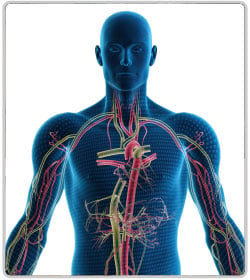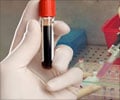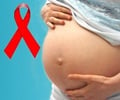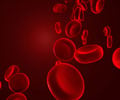Stages of HIV Infection
Initial Stage: "Flu like symptoms".
- Rash, and swelling of the lymph nodes in the groin, armpits and neck.
- The first stage of Infection is extremely infectious.
- At this stage (up to 3 months), an HIV test may be negative - the HIV test is specifically designed to look for antibodies against HIV. Therefore, a negative test does not mean the person is infection free.
Symptomless Stage:
The Next stage is the symptom stage, where the patients show no symptom of the disease.
Minor Opportunistic Infection:
The timescale between infection and the onset of minor opportunistic infections can be for 6 weeks to 19 years and causes thrush, general malaise, persistent generalised lymphadenopathy (PGL) or enlarged glands, meningitis (rare) is variable - in the elderly, it is much shorter (sometime 6 months) than in others (currently up to 19 years).
More Serious Infection:
As the number of CD4 cells in the cell-mediated immune system begins to fall, there will be an increase in the number of minor opportunistic infections, as well as the more serious, specific infections that are used to diagnose the onset of AIDS.
















